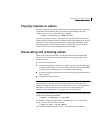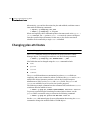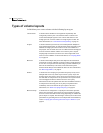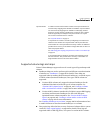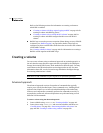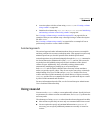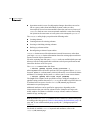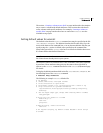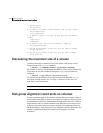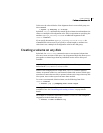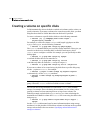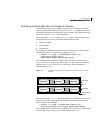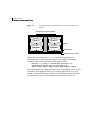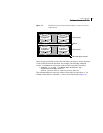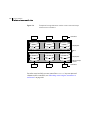
241Creating volumes
Using vxassist
The section, “Creating a volume on any disk” on page 243 describes the simplest
way to create a volume with default attributes. Later sections describe how to
create volumes with specific attributes. For example, “Creating a volume on
specific disks” on page 244 describes how to control how
vxassist uses the
available storage space.
Setting default values for vxassist
The default values that the vxassist command uses may be specified in the file
/etc/default/vxassist. The defaults listed in this file take effect if you do
not override them on the command line, or in an alternate defaults file that you
specify using the
-d option. A default value specified on the command line
always takes precedence.
vxassist also has a set of built-in defaults that it uses
if it cannot find a value defined elsewhere.
Note: You must create the /etc/default directory and the vxassist default
file if these do not already exist on your system.
The format of entries in a defaults file is a list of attribute-value pairs separated
by new lines. These attribute-value pairs are the same as those specified as
options on the
vxassist command line. Refer to the vxassist(1M) manual page
for details.
To display the default attributes held in the file /etc/default/vxassist, use
the following form of the vxassist command:
# vxassist help showattrs
The following is a sample
vxassist defaults file:
# By default:
# create unmirrored, unstriped volumes
# allow allocations to span drives
# with RAID-5 create a log, with mirroring don’t create a log
# align allocations on cylinder boundaries
layout=nomirror,nostripe,span,nocontig,raid5log,noregionlog,
diskalign
# use the fsgen usage type, except when creating RAID-5 volumes
usetype=fsgen
# allow only root access to a volume
mode=u=rw,g=,o=
user=root
group=root
# when mirroring, create two mirrors
nmirror=2
# for regular striping, by default create between 2 and 8 stripe
# columns



